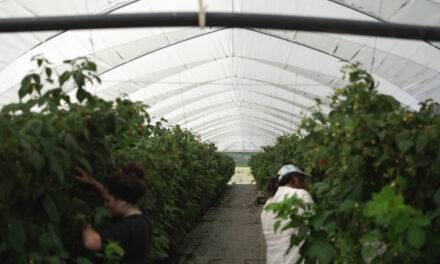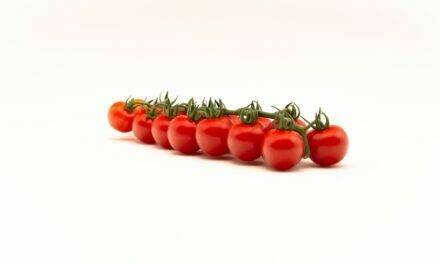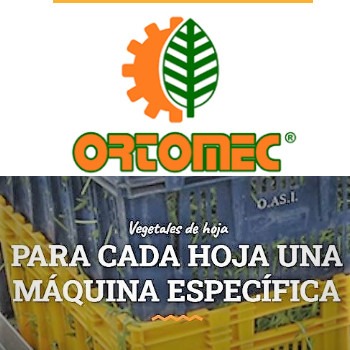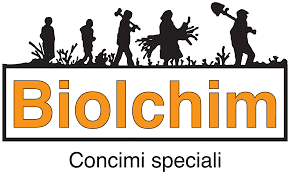
Discovery of genetic mutations in tomatoes, the key to further improvement
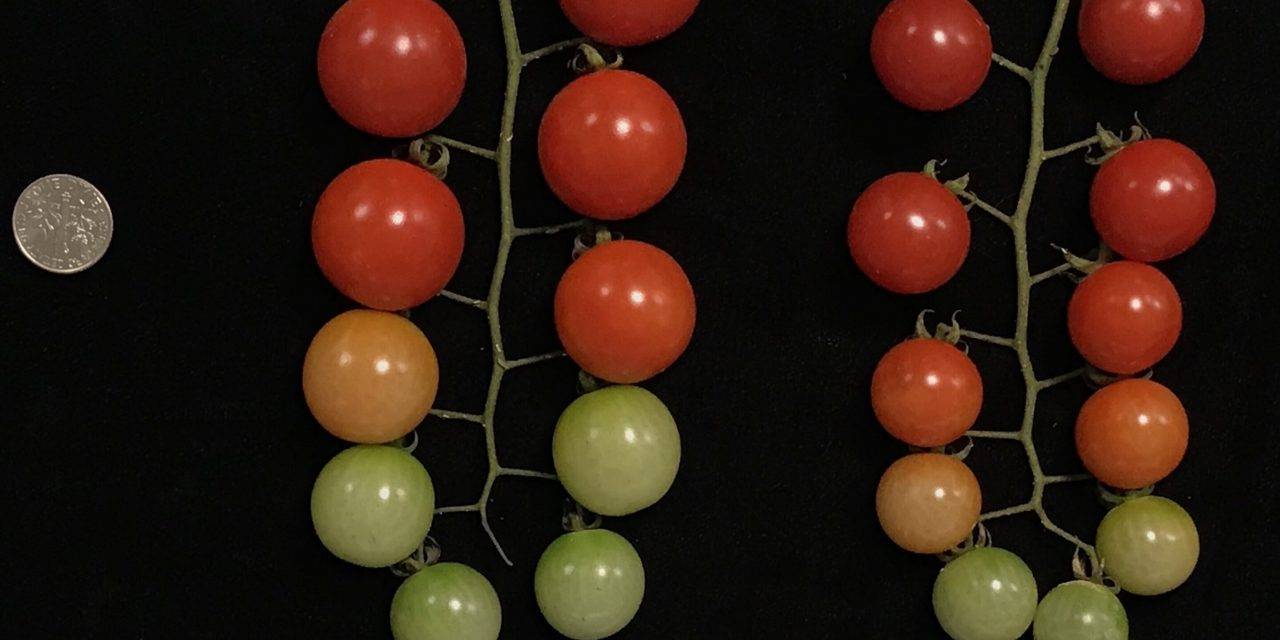
The interesting discoveries in genetic sections related to important characteristics such as taste and weight could create new tomato varieties and improve those already on the market
The passing of the years has taught us that any living being is capable of adapting to its own nature or to the tastes of man. This happens thanks to modifications in its DNA, as in the case of the tomato we know today, difficult to imagine that in its beginnings it was a simple berry similar in size to a pea, ¿right?
Today, scientists are discovering how these physical changes show up at the genetic level, which could guide current efforts to modify fruits such as tomatoes, says Howard Hughes Medical Institute researcher Zachary Lippman.
Importance of the discovery
Scientists, while claiming that mutations have always occurred, thanks to new techniques have identified mutations hidden for a long time within the genomes of 100 types of tomatoes, varieties that we normally consume already processed as sauces.
The mutations studied by Lippman’s team, compared to studies carried out to date, are much larger and more complex because they modify certain “DNA structures”, eliminating, adding or moving long strands of DNA to other parts of the genome. Therefore, the interest of this study is not only in the discovery, but also in knowing how these mutations work within the plant.
Effects of modifying DNA
Although most of the mutations discovered do not change the genes that encode the traits, it is true that many of these mutations alter the mechanisms that control the activity of the genes. One such gene, for example, controls the size of the tomato fruit. By modifying the structure of the DNA, specifically the “gene copy number,” Lippman’s team was able to alter fruit production. Plants without the gene never produced fruit, while plants with three copies of the gene made the fruit 30 percent larger than those with only one copy.
Thanks to these interesting discoveries related to characteristics such as taste and weight, new tomato varieties could be created and existing ones in the market improved, or perhaps as in the case of the well-known plants of the genus Physalis (a close relative of tomato) which by adding an additional copy of the size gene, could possibly increase their appeal by making them larger, the scientist says.
Source
Howard Hughes Medical Institute – phys.org Magazine











